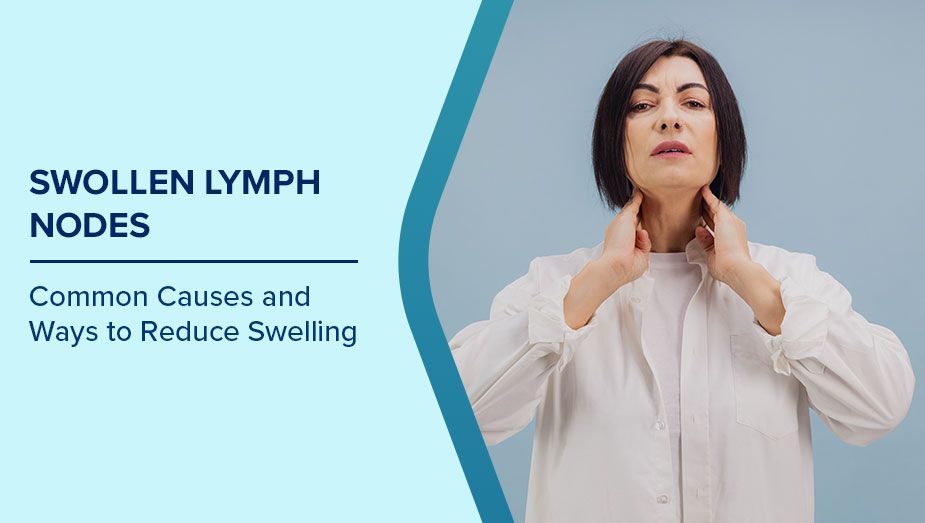- Super User
- Medical
- Read Time: 4 mins

When we think of surgery, we often picture the surgeon — scalpel in hand, performing life-saving procedures. But behind every successful operation stands a team of highly skilled professionals and sophisticated systems that ensure precision, safety, and comfort. Among these, Operation Theatre (OT) and Anesthesia Technology (AT) play an indispensable role.




